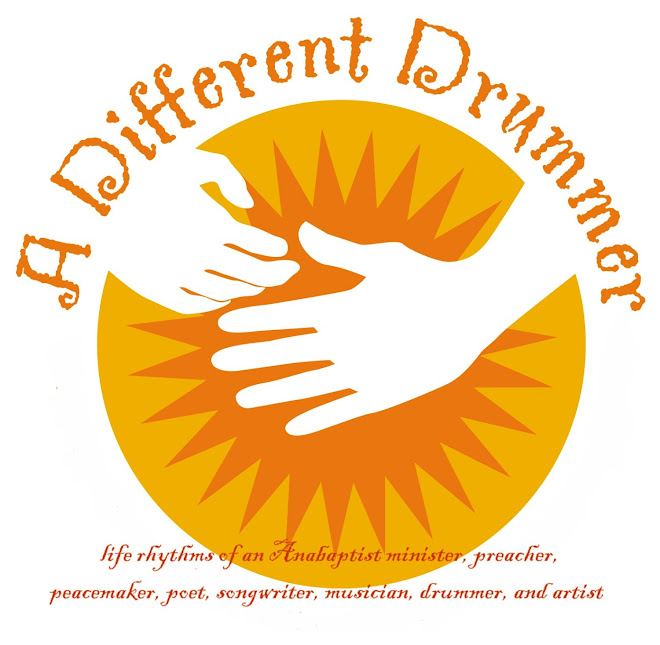 The knowledge of (his) secret piety inevitably changes our perception of an artist who fooled the world into believing that his only obsessions were money, fame, (and) glamor...----John Richardson, "Eulogy for Andy Warhol"
The knowledge of (his) secret piety inevitably changes our perception of an artist who fooled the world into believing that his only obsessions were money, fame, (and) glamor...----John Richardson, "Eulogy for Andy Warhol"Only Andy Warhol's closest friends were aware of his religious background and practice of church attendance. It became public knowledge with the eulogy by Warhol's friend art historian John Richardson. After seeing photos of Warhol's studio in an article by Richardson, Jane Dillenberger noticed an unfinished painting of Leonardo Da Vinci's
Last Supper in the background and began tracking down other such religious works to bring them to the foreground. The final result of her research was her provocative book entitled
The Religious Art of Andy Warhol.Like most art lovers I was unaware of Warhol's religious paintings until I came across Dillenberger's book. She brings to the foreground elements of Warhol's life that he kept in the background. She places Warhol's religious paintings against the backdrop of his poor Slovakian Catholic family, who moved from Mikova to the Ruthenian section of Pittsburgh for jobs. From childhood through his college years Warhol attended the long Byzantine church services at St. John Chrysostum. His mother Julia Warhola, who was a deeply pious woman, made a significant impact upon his life. After leaving Caregie Tech, where he studied painting and design, Warhol moved to New York. He continued to attend a Catholic church in the Byzantine tradition. Even after he became a well known pop artist Warhol would serve meals to the homeless at the Church of Heavenly Rest on the holidays.
Warhol's religion may have been private, but his desire for celebrity, his gay relationships, round-the-clock partying, underground films (many premiering in gay porn theaters), and bohemian, addicted friends from
The Factory (his studio) were well known. This is the lifestyle most people associate with Warhol. It is this lifestyle that one should not forget even when reading Dillenberger's book as it brings his religious life to the foreground.
His life was turned around by gun shots from the radical feminist Valerie Salanos in 1968. Warhol literally died on the operating table, but was revived. This experience made a profound impact on his life and art. His religious practice became even more intense with almost daily attendance at mass, although he never went to confession or took communion.
Dillenberger surveys the artwork of Warhol looking for and finding religious themes, such as a series of cross paintings, easter eggs, details from Renaissance religious paintings, death and skull paintings and most significantly a series of pop paintings with bright colors, camouflage, with modern icons, and in multiple repeated images based on Leonardo Da Vinci's
Last Supper. Surprisingly, his series of religious paintings are the largest of any modern artist. This series of paintings was eventually shown in Milan in the Palazzo delle Stelline across from Santa Maris delle Grazie, where Leonardo's famous frescoe was painted.
I appreciated Dillenberger's bringing Warhol's religious life and art into the foreground from their hidden places. I was unaware of this aspect of both his life and art. Even so, this foregrounding had the effect of turning Andy Warhol into some kind of artistic saint. When all one reads and sees visually has to do with Warhol's religious life and art, the rest of his unorthodox lifestyle is forgotten or excused for a moment. I believe in Warhol we not only find a great artist, but also a flawed human being who exhibited his conflicted spirituality in both his life and art, and not simply a spiritual person whose life is seen shining through his religious art and church practice.

+of+drumminghands_Clr.jpg)

